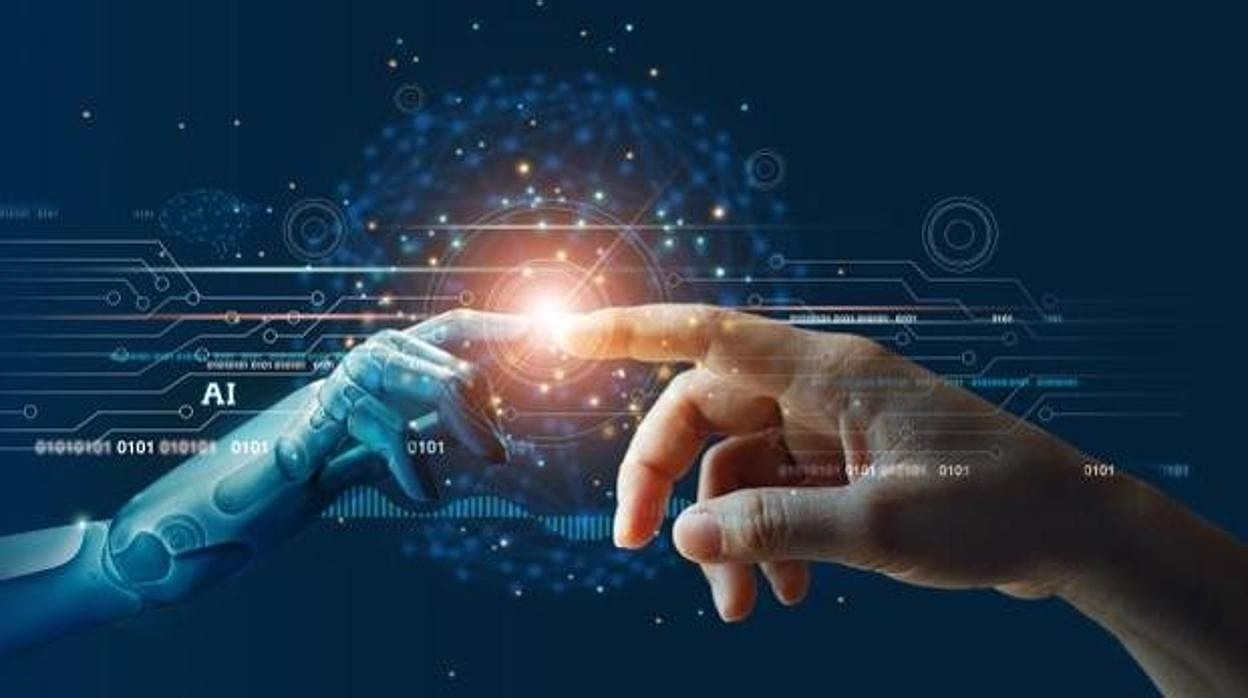Industry News
The Future of Architectural Visualization with AI
Architectural visualization is an essential tool for the design and construction of buildings. It allows architects and designers to create realistic images of their projects, aiding in conveying their ideas to clients and stakeholders.
In recent years, architectural visualization has undergone rapid development. Artificial intelligence (AI) is revolutionizing the industry, opening up new possibilities for creating realistic and immersive images.
In recent years, architectural visualization has undergone rapid development. Artificial intelligence (AI) is revolutionizing the industry, opening up new possibilities for creating realistic and immersive images.
AI for Architectural Visualization
AI is being employed to enhance the efficiency and accuracy of architectural visualization. Machine learning algorithms can be used to generate 3D models from scanning or photogrammetry data. They can also be used to create photorealistic renders of complex buildings.
Pros of AI for Architectural Visualization:
Efficiency: AI can automate many tasks currently performed manually, saving architects time and money.
Accuracy: AI can generate more precise 3D models and renders than traditional methods, although it lacks the inherent sense to correct flaws that only an expert eye can detect.
Creativity: AI can assist architects in generating new and creative ideas, based on other images, but it cannot create original images due to its lack of consciousness.
Cons of AI for Architectural Visualization:
Cost: AI is still a relatively new technology, which can make it expensive for architectural studios.
Job Displacement: If AI becomes advanced enough, could it replace human 3D artists?
AI is being employed to enhance the efficiency and accuracy of architectural visualization. Machine learning algorithms can be used to generate 3D models from scanning or photogrammetry data. They can also be used to create photorealistic renders of complex buildings.
Pros of AI for Architectural Visualization:
Efficiency: AI can automate many tasks currently performed manually, saving architects time and money.
Accuracy: AI can generate more precise 3D models and renders than traditional methods, although it lacks the inherent sense to correct flaws that only an expert eye can detect.
Creativity: AI can assist architects in generating new and creative ideas, based on other images, but it cannot create original images due to its lack of consciousness.
Cons of AI for Architectural Visualization:
Cost: AI is still a relatively new technology, which can make it expensive for architectural studios.
Job Displacement: If AI becomes advanced enough, could it replace human 3D artists?
3D Artists
3D artists are professionals who use modeling and rendering software to create 3D images and animations. They are responsible for the visual appearance of architectural projects.
Pros of 3D Artists:
Creativity: 3D artists possess a high degree of creativity and can generate unique and impactful images and animations.
Experience: Experienced 3D artists have deep knowledge of architectural visualization techniques and tools.
Aesthetic Sense: 3D artists have a keen eye for detail and can create visually pleasing images and animations.
Cons of 3D Artists:
Time: 3D modeling and rendering can be lengthy and labor-intensive processes.
Cost: 3D visualization software and hardware can be costly.
Specialization: Considerable training and experience are required to become a successful 3D artist.
3D artists are professionals who use modeling and rendering software to create 3D images and animations. They are responsible for the visual appearance of architectural projects.
Pros of 3D Artists:
Creativity: 3D artists possess a high degree of creativity and can generate unique and impactful images and animations.
Experience: Experienced 3D artists have deep knowledge of architectural visualization techniques and tools.
Aesthetic Sense: 3D artists have a keen eye for detail and can create visually pleasing images and animations.
Cons of 3D Artists:
Time: 3D modeling and rendering can be lengthy and labor-intensive processes.
Cost: 3D visualization software and hardware can be costly.
Specialization: Considerable training and experience are required to become a successful 3D artist.
In conclusion, I believe that AI and 3D artists have their own pros and cons. AI is a powerful tool that can automate many tasks and generate realistic images but is still relatively new and expensive. 3D artists possess a high degree of creativity and expertise but can be slow and expensive.
In the future, AI and 3D artists are likely to work together to create even more realistic and impactful 3D images and animations. AI will be used to automate repetitive tasks, while 3D artists will focus on creativity and artistic expression.
Therefore, it would be beneficial to begin integrating AI as part of our working tools.
In the future, AI and 3D artists are likely to work together to create even more realistic and impactful 3D images and animations. AI will be used to automate repetitive tasks, while 3D artists will focus on creativity and artistic expression.
Therefore, it would be beneficial to begin integrating AI as part of our working tools.
You must be logged in to post a comment. Login here.





